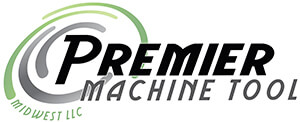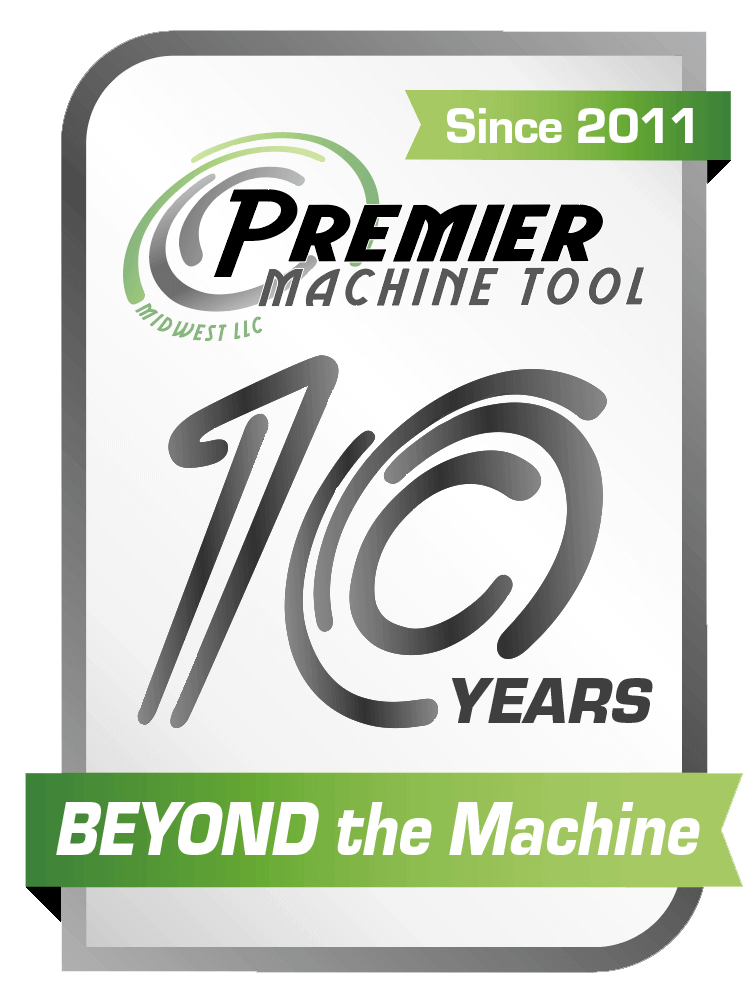Do you remember the first time you drove a sports car, and you were able to get out into an area where you could open her up? And you felt the pure acceleration for the first time and it made you start to giggle!
What if you could get answers to your biggest questions about how that kind of acceleration can impact your production with your fiber laser?
In today’s premier post minute – we discuss the advantages of acceleration with the Eagle Laser.
Here is an except from The Fabricator magazine’s recent article on Eagle Fiber Laser-
What Is Meant By Quick?
Operating costs probably will go up as the power level on a fiber laser cutting machine goes up. Generally, doubling the power increases laser operating costs by 20 to 30 percent. That’s why it’s so important that the fiber laser is operating at peak efficiencies, so that part cycle time can be decreased to offset the higher operating costs. By decreasing cycle time, a fabricator can reduce the impact of variable and fixed costs and increase profitability.
Luckily, fiber lasers cut fast. Just watch them race up and down a piece of sheet metal at a tradeshow. Unfortunately, most fabricators aren’t cutting parts that feature long and straight lines. They are cutting small holes and unique geometric shapes. In this reality a fabricator needs fast acceleration to take advantage of the machine’s linear speeds.
For instance, a 1G machine that accelerates at 32.2 feet per second squared is easily outperformed by a 2G machine, which accelerates at twice the rate. When the Gs are doubled, the machine needs half the time and half the distance to reach the same programmed speed.
The rate the machine can decelerate into and accelerate out of corners and tight arcs often has a greater impact on cycle time than laser power or maximum machine speed. Acceleration is vital.
For further illustration, consider laser cutting 20-gauge aluminum with a 4-kW laser that can cut at a speed of around 2,250 inches per minute. If the fabricator is cutting a 3-in. line with a 1G machine, that 4-kW laser will never accelerate to the potential cut speed before it has to start decelerating. Meanwhile, a 6G machine will be at the cutting speed for 2.4 in. of the 3-in. line.
When discussing cutting efficiency, it also helps to look at the rapid traverse speed and the acceleration. This involves movement of the cutting head when the laser is not in use, which is about 15 to 25 percent of cutting head movement over each sheet or plate. Machines that deliver higher rapid traverse speeds, greater than 12,000 IPM, require high acceleration to utilize the high rapid traverse speeds.
We would love to have you as a profit partner. Why not start with calling or texting me the words “sports car” and we can start discussing how acceleration can help you.
Learn more about Eagle Fiber Laser machines available to you- Sales 414-254-5150 / info@pmtmidwest.com

